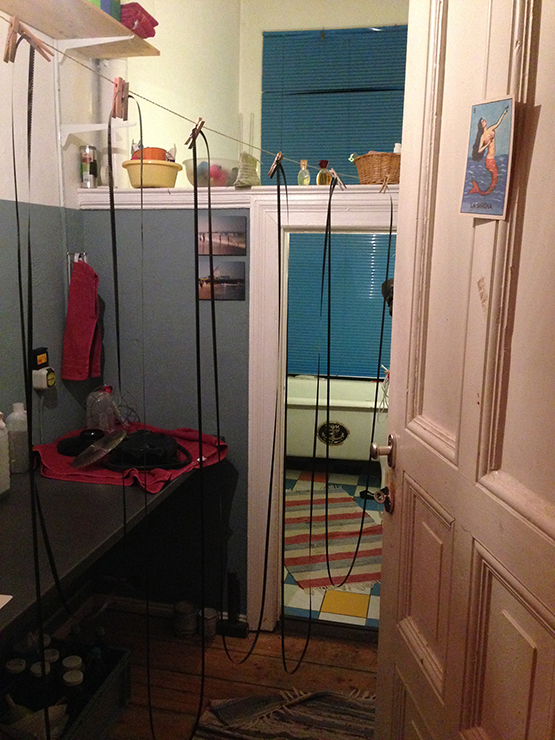Just developed it. In Caffenol. Great images!
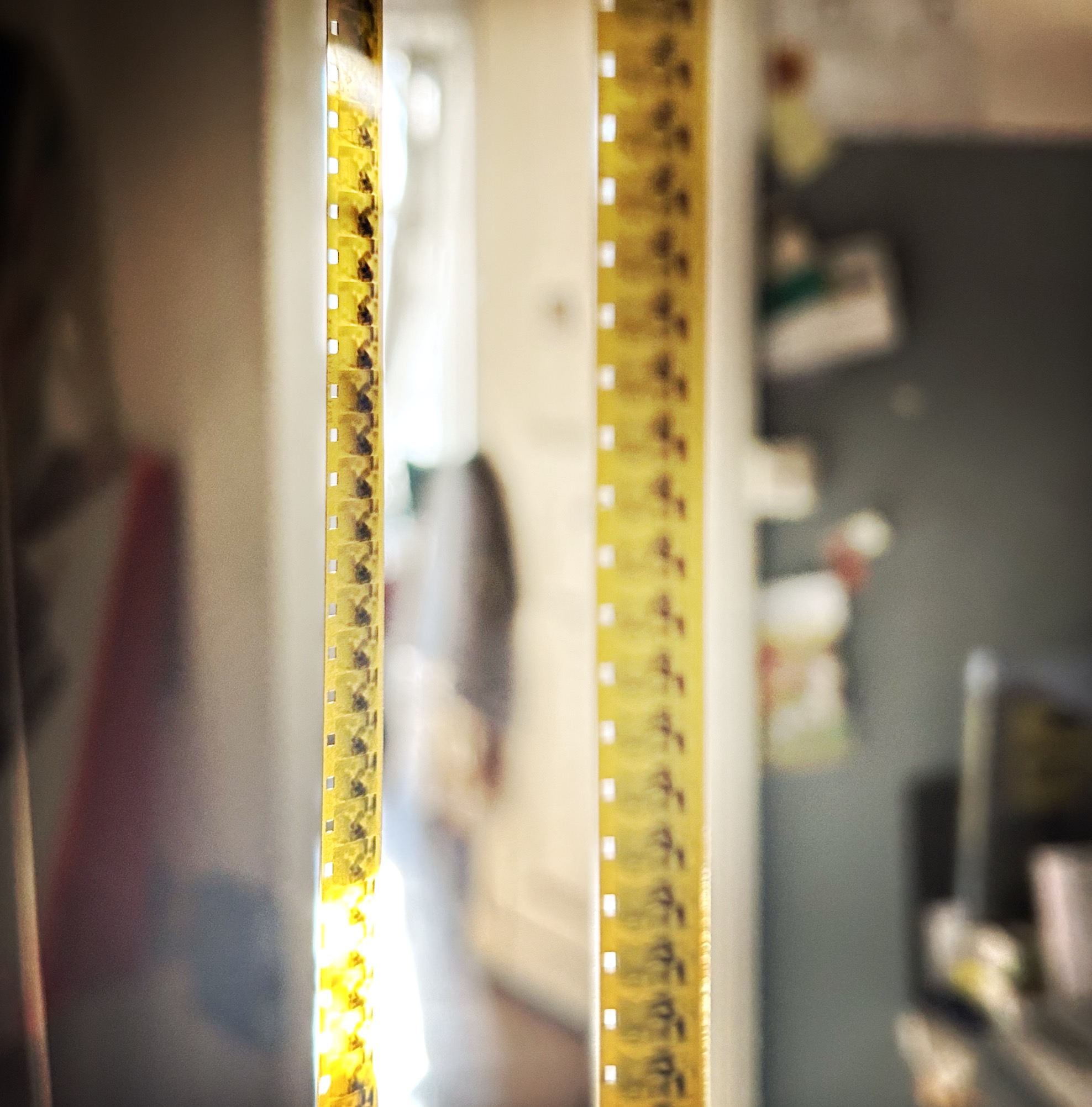
unterwegs in Sachen Film >>> <<< on the road making films!
Just developed it. In Caffenol. Great images!

Kodachrome & Prosecco and some other yummy soups!
The story continues … Yesterday I tried Prosecco! The result is good but less orange-ish!
Watch these gifs (bad resolution, sorry, better coming later)!
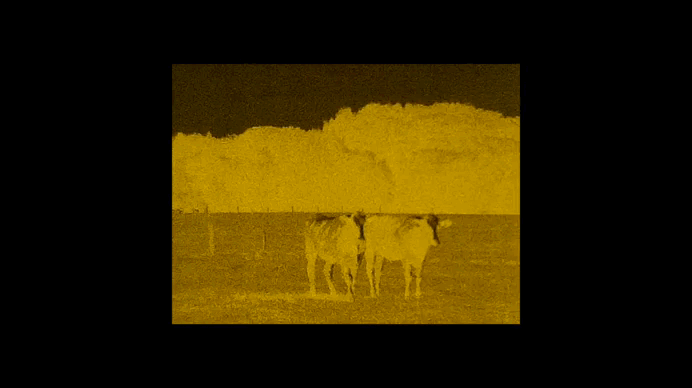
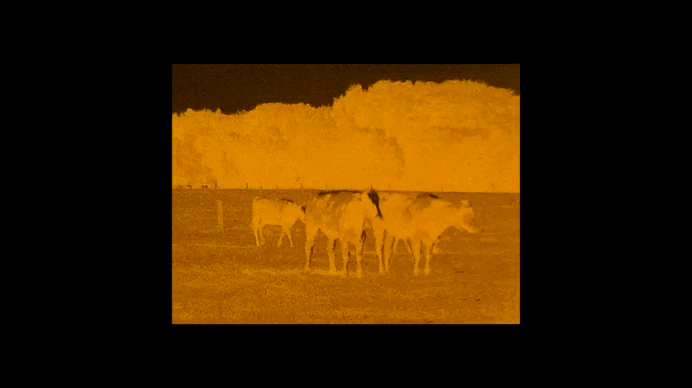
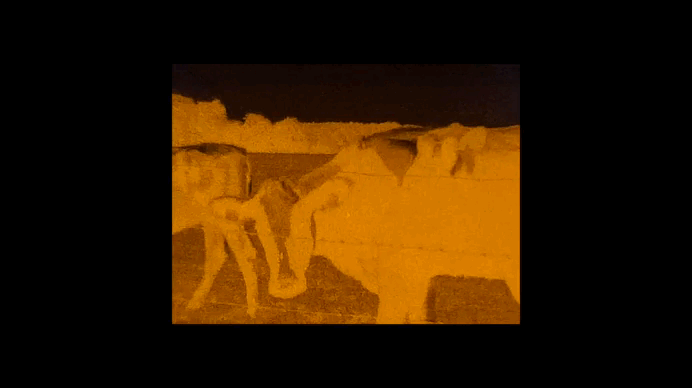
(The original Kodachrome negative is yellow / orange … then I digitized it with my fancy Sumikon machine and flipped it over to positive / complementary colour: blue!)
In conclusion, I can say: You can expose Kodachrome film (make sure it’s relatively fresh, don’t use any from the 70s or early 80s!) to plenty of sunlight, and then you’ll have a chance of getting some good pictures.
And then you can bathe it in different developers: ‘normal’ chemicals or Caffenol or all kinds of juices / teas, the result will always be more or less yellowish to bright orange!
I made a very short film recently when I spent a wonderful week at my mother’s at the Baltic Sea in August.
I remember … a timeless feeling lying in the sand in the sun … and the Baltic Sea was for once in my lifetime not too cold to swim!
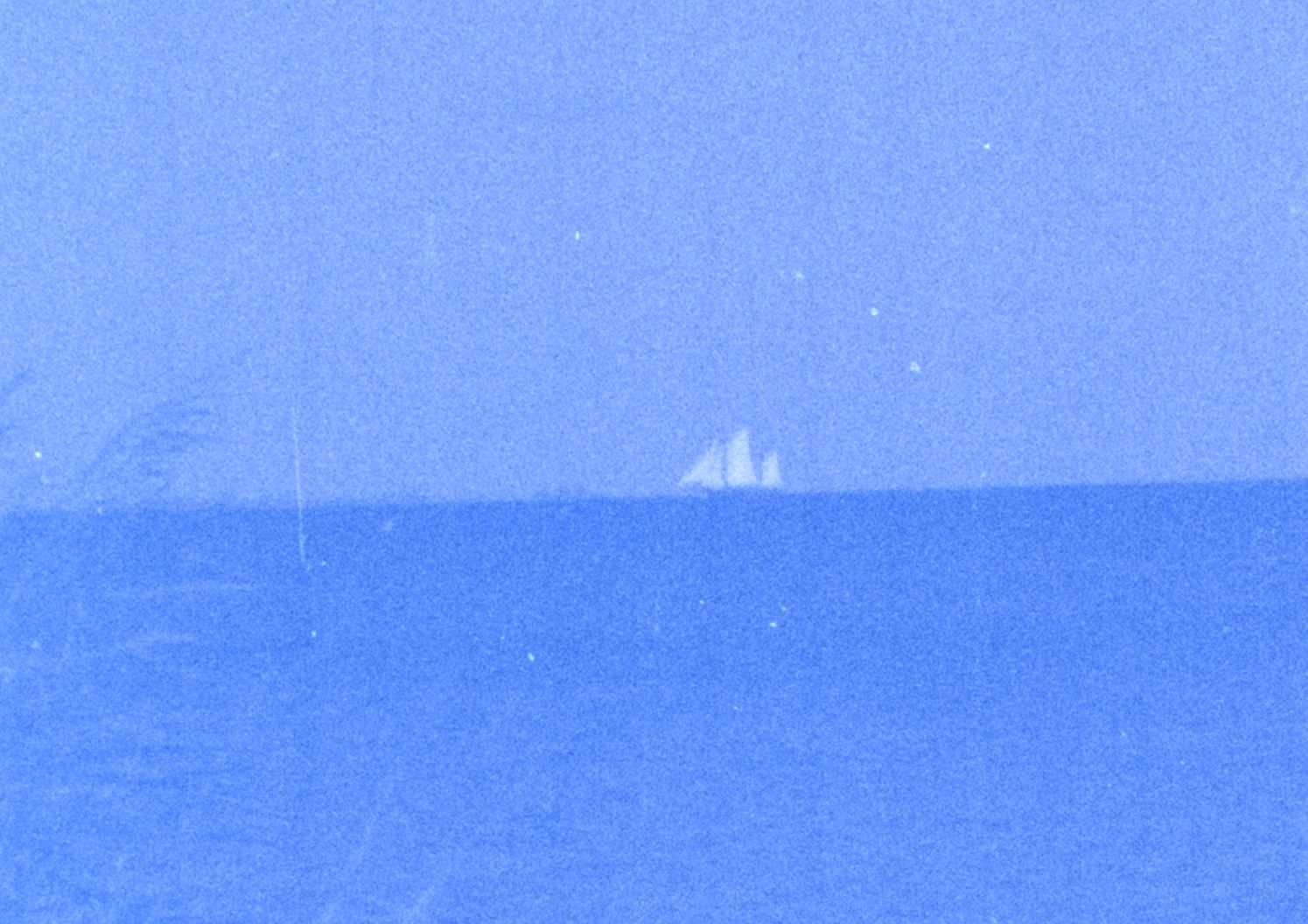



The German version here!
Me pro on YouTube:
I would never have thought that there are still so many Kodachrome Super 8 films circulating in the world – even 35mm films – but they do! And I can develop them! Black and white negative. Unfortunately, colour is no longer possible, only Kodak could do that, and since the last lab closed more than 10 years ago, only black and white is possible.
I am Dagie Brundert, a one-woman lab in Berlin, Germany, and I can do it.
It costs 39 euros to develop a Super 8 cassette, with a discount for several. 35mm half price. In Germany plus VAT, otherwise not. Plus postage.
I’m the only one in the world who offers this service with Caffenol, an ecological coffee-based developer. Cheers!
Contact me by email or via Facebook.
kodachrome+coffee@dagiebrundert.de
Some of these very old double 8 films have a code punched directly into the film at the beginning. Makes it easier to detect what it is and to develop it right!
Today I learned that IF is Agfa Isopan F (F stands for fine grain), black & white. From the 60s probably.

KM stands for Kodachrome K40, K II is … Kodachrome K II!

I have a preview scanner at home … here comes a little scene from my upcoming June film!!

Recently I developed an old Kodachrome in a special soup … see & scroll a few days down … here you can see stills from the film, original orange and inverted to a blue positive!!
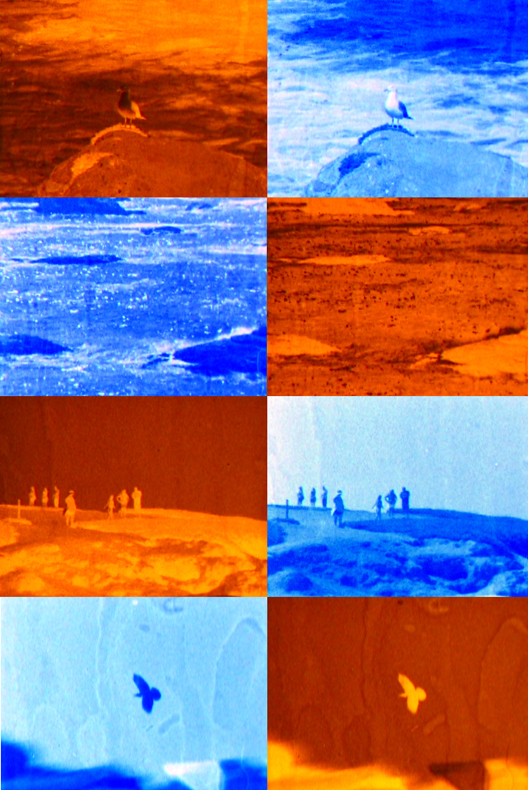
Kelp is seaweed. I collected some, brewed a tea, added some coffee and vitamin c and washing soda and developed an old Kodachrome in it. Yummy smell, strong developer, the film became orange! I will reverse it digitally and the colour will turn to oceanblue!!
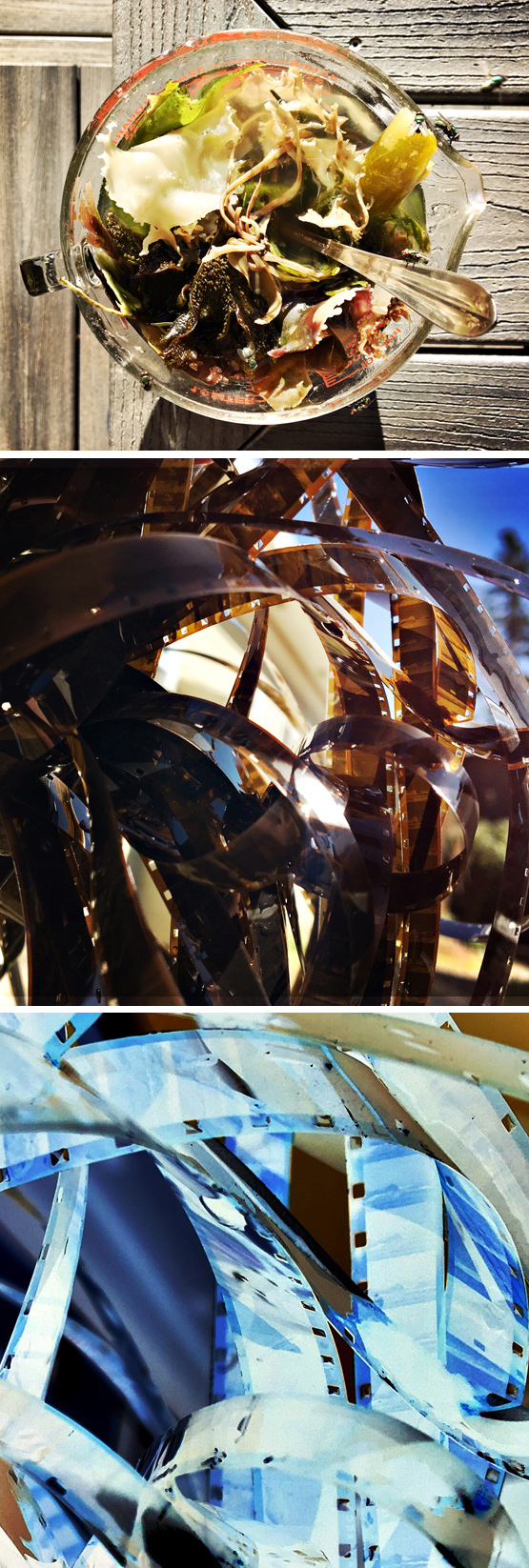
Well … I moved my darkroom into my bathroom again like it was 2 years ago. Now tidier. It feels good. My first Kodachrome (developed in Rodinal) is hanging to dry and I think I’ll have a glass of red wine and celebrate!
